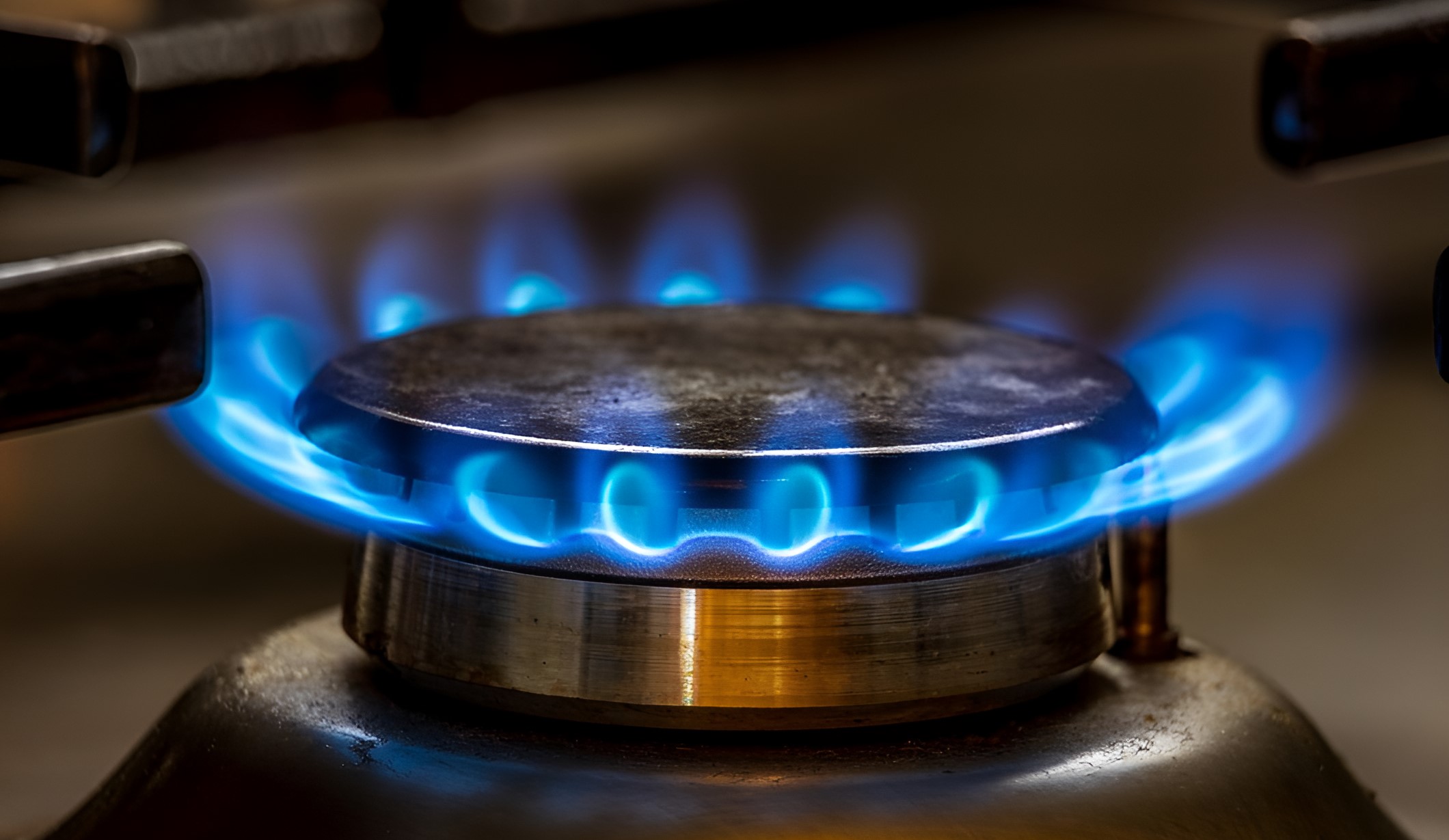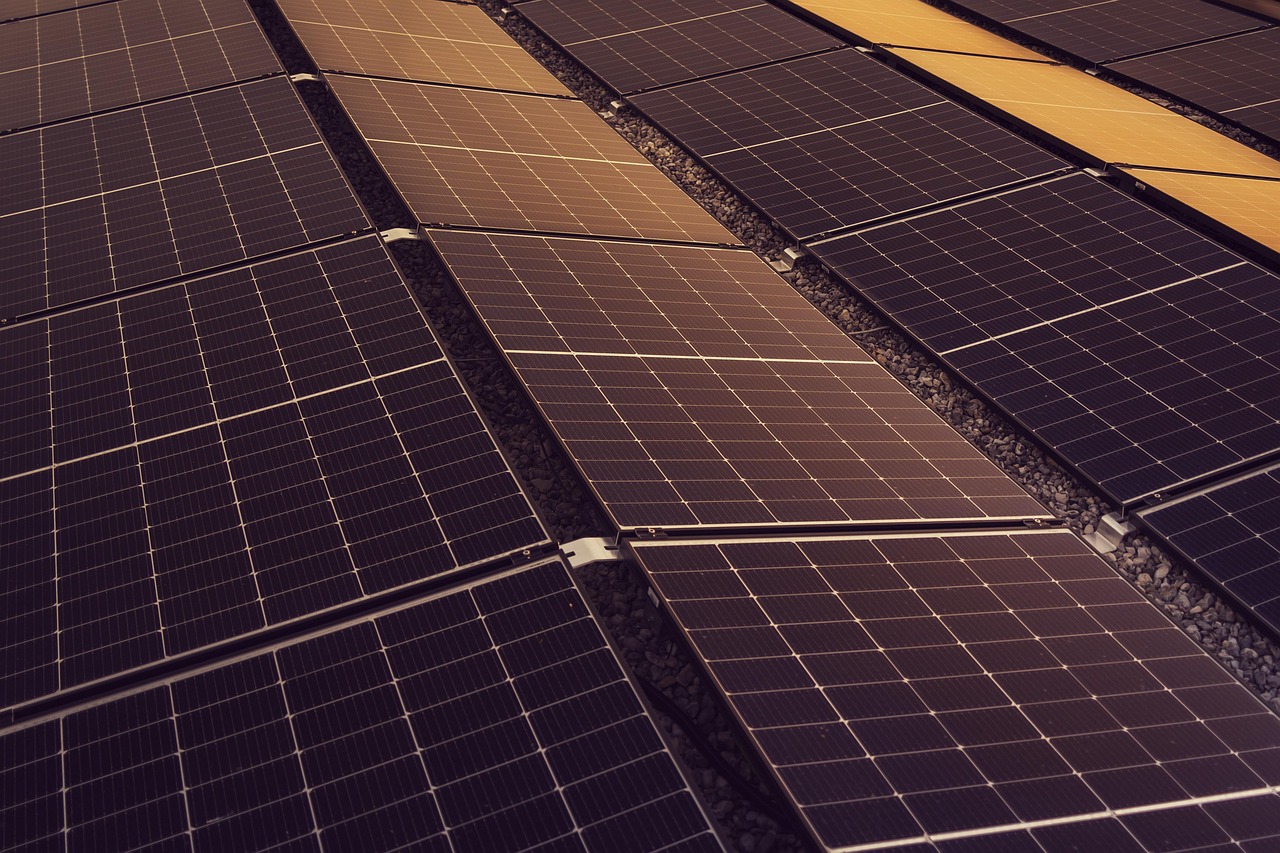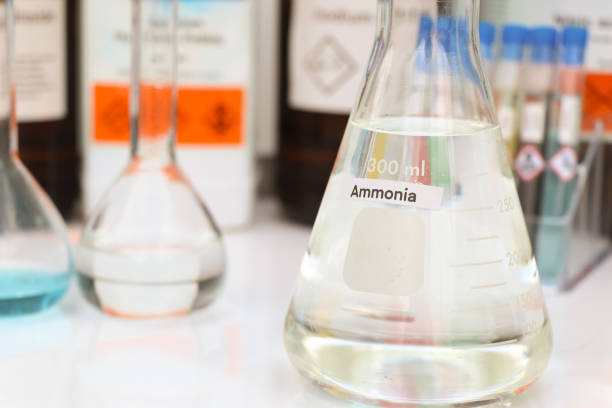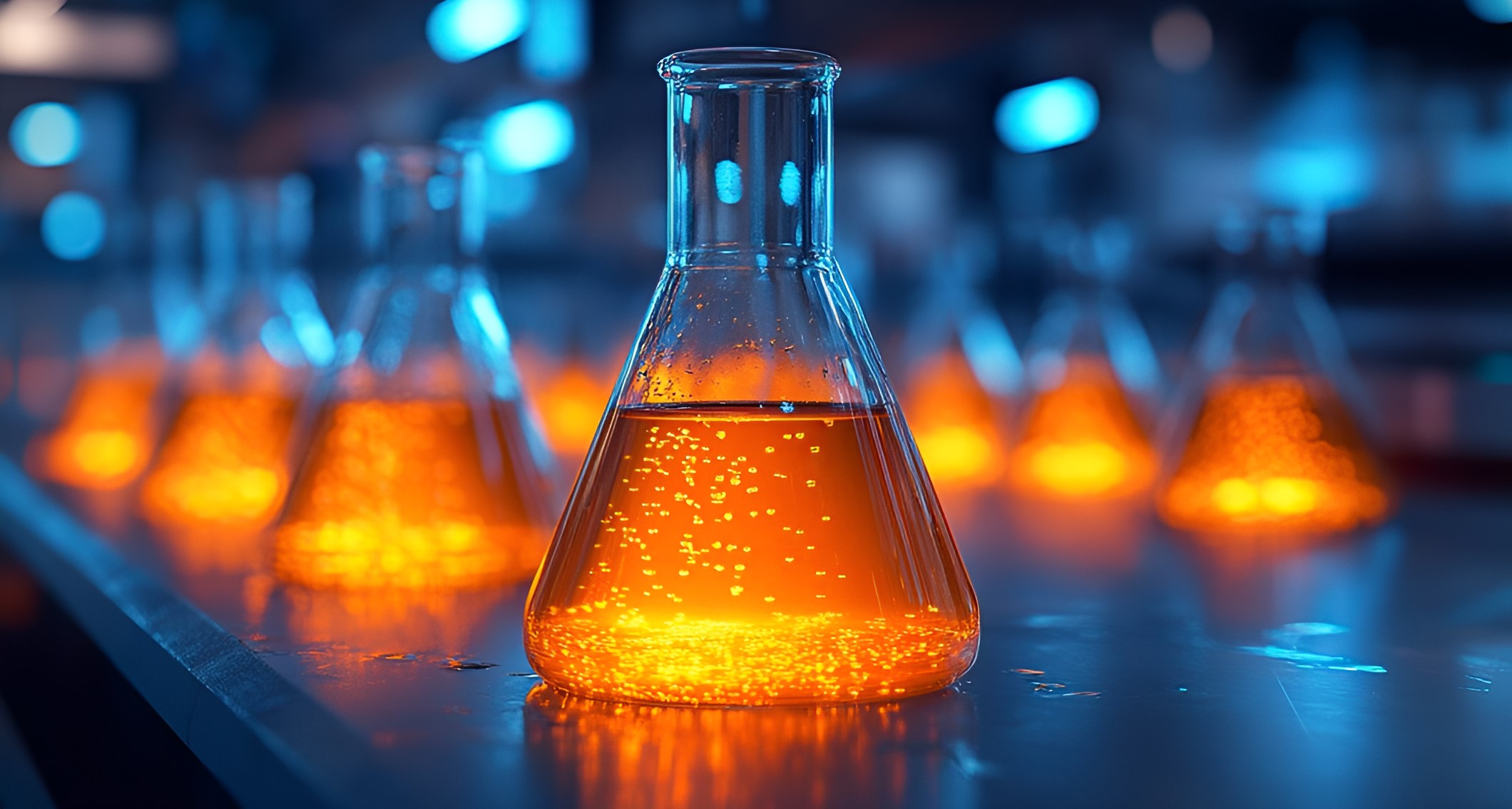Hot gas quench systems for high-temperature gas cooling
Optimize high-temperature gas cooling with advanced quench systems designed for efficient energy absorption and corrosion resistance, ensuring safe downstream operations and extending equipment lifespan in challenging environments.
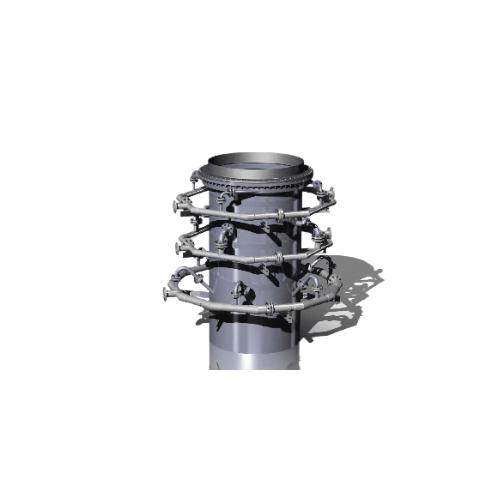
Rapidly Cools and Conditions Hot Industrial Gases
The Hot Gas Quench System by GEA is engineered to effectively handle demanding thermal environments in industries such as chemical processing and energy production. This system excels in cooling and conditioning corrosive hot gases through a multi-layer nozzle approach, ensuring energy-efficient operation. It can process gas volumes up to 300,000 m³/h at temperatures reaching 1,300 °C without pressure loss, optimizing integration in continuous, high-speed operations. Made with durable materials like thermoplastics and glass fiber reinforced plastic, it offers exceptional resistance to corrosive media. Designed for applications in synthesis gas production, flue gas treatment, and carbon capture, it reliably protects downstream equipment with its emergency water system. GEA’s system supports seamless operation by minimizing downtime through low maintenance design and providing configuration flexibility to fit specific industrial needs, ensuring compatibility with emission control strategies.
Benefits
- Enhances efficiency by rapidly cooling gases, preventing thermal stress on downstream equipment.
- Operates continuously without pressure loss, maximizing production uptime.
- Adapts to corrosive environments, reducing maintenance costs and downtime.
- Supports high-temperature processes, improving operational versatility.
- Protects production integrity with emergency systems, ensuring uninterrupted flow.
- Applications
- Chemical processing, Industrial gases, Gas, Energy, Oil, Cooling systems, Emission control, Gas treatment, Environmental applications
- End products
- Carbon capture and storage, Ammonia, Lng processing, Nitric acid, Hydrogen gas, Flue gas treatment, Synthesis gas (syngas), Sulfuric acid, Petrochemical feedstocks, Waste incineration emissions, Combustion exhaust gases
- Steps before
- Gas generation, Incineration, Combustion
- Steps after
- Gas conditioning, Filtration, Electrostatic precipitation
- Input ingredients
- hot flue gases, inlet gas volume flows, corrosive media
- Output ingredients
- cooled gases, thermodynamic equilibrium temperature, evaporated water
- Market info
- GEA is known for its expertise in engineering innovative and sustainable equipment and solutions, focusing on sectors such as food, beverages, pharmaceuticals, and energy, with a reputation for quality, efficiency, and advanced technological applications in industrial processing.
- Inlet gas volume flow
- Up to 300, 000 m³/h
- Inlet temperature
- Up to 1, 300 °C
- Pressure loss
- Free operation
- Materials of Construction
- Thermoplastics / Glass fibre reinforced plastic
- Operational reliability
- Highly reliable, insensitive to dust/solids
- Maintenance
- Low maintenance design
- Emergency water system
- Provides water to maintain quenching
- Quenching process
- Co-current gas and liquid flow
- Nozzle layers
- 3 layers
- Nozzle orientation
- 45° angle to gas flow
- Evaporation process
- Water evaporation for cooling
- Thermodynamic equilibrium temperature
- Result of energy balance and water evaporation
- Working mechanism
- Co-current flow of gas and liquid
- Integrated steps
- Tangential, flat jet, main spray nozzles
- Pressure loss
- Free operation
- Heat management
- Direct quench function, no idle time
- Corrosive media handling
- High suitability
- Operational reliability
- High, insensitive to dust/solids
- Emergency system
- Emergency water system for nozzle failure
- Operational mode
- Continuous
- Corrosive resistance
- Thermoplastics / Glass fibre reinforced plastic
- High temperature resistance
- Up to 1, 300 °C
- Dust/Solids tolerance
- Insensitive
- Tank shape
- Cylindrical
- Material of Construction
- Plastic materials (thermoplastics or glass fibre reinforced plastic)
- Maximum inlet gas volume flow
- 300, 000 m³/h
- Maximum inlet temperature
- 1, 300 °C
- Spray nozzle configuration
- Three layers
- Material of Construction (MoC)
- Thermoplastics / Glass Fiber Reinforced Plastic
- Nozzle Layers
- Tangential / Flat Jet / Main Spray
- Emergency Water System
- Available for Plastic Materials
